Description
This course builds on the Grade 7 curriculum to further develop students’ understanding of fundamental mathematical concepts by exploring topics related to number, coding, algebra, data, spatial sense, social emotional learning skills in mathematics, and financial literacy.
Throughout the course, students build their social emotional learning skills by specifically focusing on relationships with others, using math to communicate and tell a story, and understanding the perspectives of others. This increases their understanding of common bonds with peers and their appreciation of the uniqueness of other people.
Regarding numbers, students understand, represent and compare large and small numbers using scientific notation. Students use fractions, decimals, and percentages interchangeably and solidify their knowledge of square numbers and square roots of numbers up to 122. Students solve problems involving proportions, whole numbers, fractions, decimals, integers, and exponents.
In algebra, students extend their understanding of patterns to involve integers. They use algebraic notation to represent different equations. They solve algebraic equations involving multiple terms, integers, and decimal numbers. Students will increase their coding skills by writing code that uses data to inform decisions.
In data, students extend their data skills to analyze data that is presented in more complex ways. Students will compare the outcomes of more complex experiments to increase their understanding of probability.
In spatial sense, students study right-angle triangles and discover that if two side lengths are known, the length of the third can be calculated using the Pythagorean Theory. Students learn angle properties of intersecting and parallel lines to calculate unknown angles. In addition, students build their understanding of large and small units of measurement, including those used in technology.
In financial literacy, students learn to create and plan how to reach financial goals, including ways to maintain balanced budgets. Students learn about using reward programs or taking advantage of sales to find different ways so they, as consumers, can obtain the greatest value for their money when spending. Students investigate the concepts of simple and compound interest using interest calculators and explain how interest affects long-term financial planning.
Through investigation of real-life problems, students develop a strong foundation of mathematical knowledge and skills. Students apply mathematical processes and build transferrable critical thinking skills in varied teaching and consolidation activities that appeal to diverse learning styles. Students participate in engaging storylines along with characters who connect their learning to real-world contexts and build confidence by instilling a positive attitude towards mathematics. Various opportunities consolidate students’ learning through technology and offline activities, including tactile manipulatives, to reinforce essential mathematical strategies and tools. The course has a strong focus on reinforcing number sense and numeracy skills. It also provides various activities for practice throughout. This course prepares students for grade 9 mathematics.
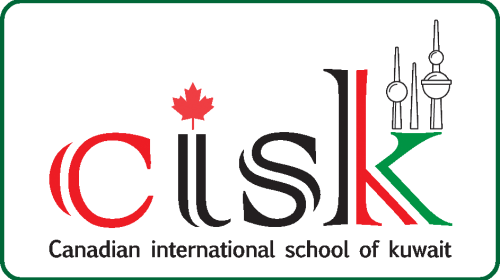

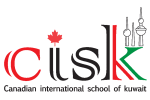
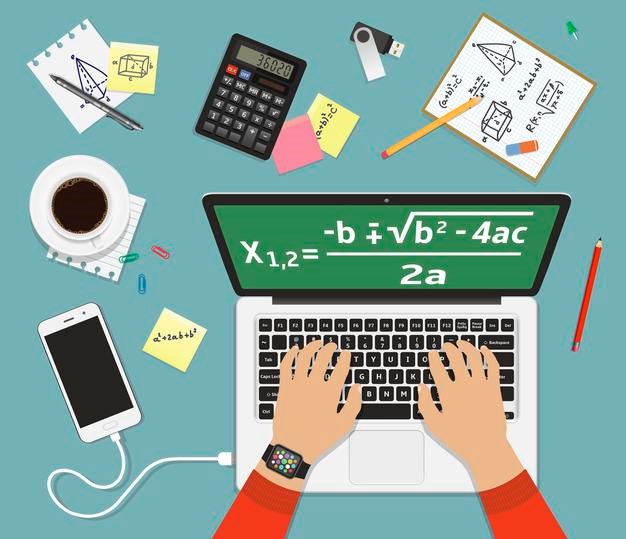

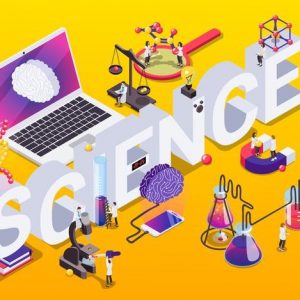

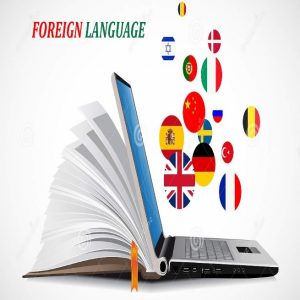
Reviews
There are no reviews yet.